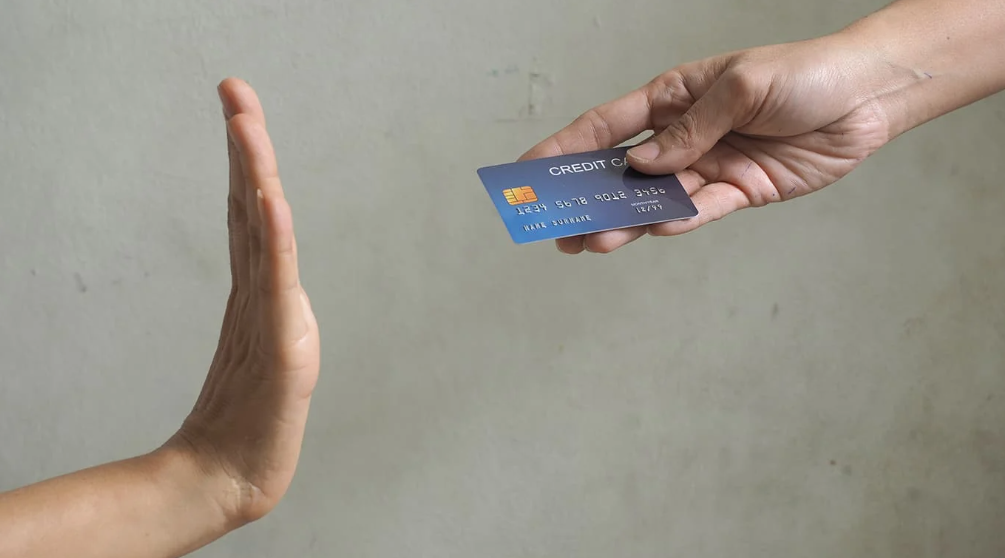Read credit report
How to Read a Credit Report
Your credit report reflects your financial status. When you understand how to read a credit report, you gain a better understanding of your overall finances. Reading a credit report may sound scary, but breaking the information in your credit report is much easier than you think.
Your credit report is basically just a detailed record of your credit history and is used to determine your credit score as well as other financial decisions of lenders and other parties. Our Best Credit Report Tips? Learn how to understand credit reports and check errors at least once a year.

How To Get Your Free Credit Report Information
There are two ways you can get free credit report information:
- You are entitled to free reports directly from the three credit bureaus using AnnualCreditReport.com. Reports were available annually, but the site will offer free weekly updates until the end of 2022 in response to the epidemic.
- Some personal finance websites, including NerdWallet, offer free credit report information. NerdWallet’s credit report includes a credit score, which provides your VantageScore 3.0 using TransUnion data, and is updated weekly.
How to read a credit report and what to look for:
Each credit bureau arranges its reports differently, so the sections may be in a different order, but the basic sections of all your reports are the same. Here’s what a credit report looks like:
Personal Information
Your personal information will include the names you have used, current and past addresses and phone numbers, partially masked social security numbers for security birth dates and current and former employers.
Don’t be surprised if your name has a different spelling. The variations you use on credit applications will pop up, such as married and virgin names, with or without a middle name, a shorter version of your first name, and so on.
If one or more of your employers or telephone numbers are missing, that’s not a big deal. But keep an eye out for addresses you don’t recognize, especially if you later see accounts you don’t recognize. This indicates that someone has used your personal information to open fraudulent accounts in your name. Report any identity theft as soon as you know it.
Accounts
This section lists all of your accounts that are not in the collection or are defaulted. This is the meat of your credit report.
- There is a summary at the top of each account. Make sure you recognize the following items:
- Lender’s name and address, account number, and date opened.
- Account status such as whether it is open or closed or transferred and whether you are present on payment. Accounts that were in good condition when infectious disease-related payment facilities were introduced should be reported as current.
- Account type (credit card, student loan, etc.).
- Whether you are the individual or joint owner of the account or just an authorized user.
- Credit limit or original amount of the installment loan.
You’ll also see balance and payment information, including the date the lender last sent account data to the bureau. Don’t expect it to reflect your balance as of today. For example, even if you make a full payment each month with your credit card, your report may show a balance if your card activity was reported in the middle of the billing cycle.
Make sure your payment history does not show errors, such as late payment on time. You will also want to make sure that your account limits are correct, as this can affect your credit usage ratio and is a major factor in your credit score.
If an account has been closed, your report will note who closed it and when. Well-closed accounts can stay on your credit reports indefinitely. But the accounts closed by the lender because you did not pay as agreed, the account must be closed seven years after the first offender.
Negative information, if any:
The Negative Information section will list accounts that have not been paid unanimously, collections, and public records such as bankruptcy. Negative information typically lasts up to seven years on your credit report, with the exception of Chapter 7 bankruptcy, which lasts up to 10 years on your report.
In this section, you will want to make sure that any negative information is correct. If you see incorrect accounts or collections or if something is being entered after its expiration, dispute the entries immediately so that they can be removed from your report.
Inquiry into your credit

This section lists the times when someone checked your credit. When you apply for a new credit or limit increase you will see inquiries, as well as things like housing or utility applications. Entries can be sorted by type:
- Hard inquiries occur when you allow a potential lender to check your file as part of an application. This can lead to a small, temporary drop in your credit score.
- Soft inquiries, which do not affect your credit scores, occur when you check your credit or see if a potential lender wants to send you a promotional offer.
Both types of inquiries will include the name and address of the organization as well as the date. Make sure all the rigorous inquiries were handled by you and they lose your report after two years.
Public records
Public records can include bankruptcy, foreclosures, tax lenses, and civil lawsuits against you, all of which can damage your credit.
How To Read Credit Report Codes?
You will find different codes on your credit reports. Every major credit bureau has its own code, so don’t assume that the code used by one bureau means the same thing as the other bureau’s report.
Each bureau offers a guide that explains the codes that you will see in this particular bureau’s report. Here’s where you can access these guides.
- Equifax
- Trans Union
- Experian
How to get a copy of your credit report from all three major credit bureaus?
You can order a free annual copy of your credit report from Equifax, Experian, and TransUnion by requesting online from each bureau. Or get all three reports together by ordering at AnnualCreditReport.com.
You are also entitled to a free copy of your credit report from the credit bureau which provided the report to a lender who rejected your credit application.






